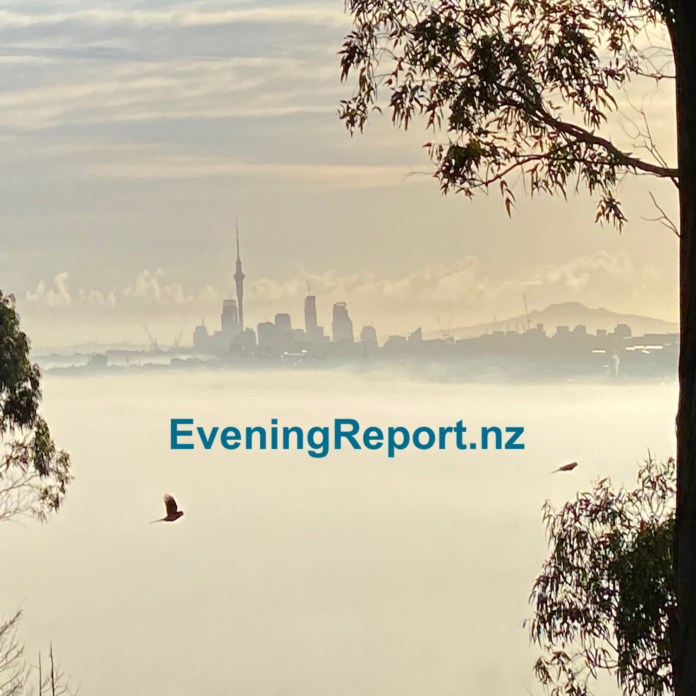Source: The Conversation (Au and NZ) – By Asha Bowen, Team Lead, Healthy Skin and ARF Prevention, Telethon Kids Institute
Aboriginal children living in remote communities have the highest rate of skin sores, or impetigo, in the world. Almost one in two have skin sores at any one time.
Skin sores are a highly contagious bacterial skin infection that may be itchy and painful, but often go unnoticed by children. Parents are more likely to be concerned about the pus and thick crust that develops.
Scabies, another skin infection, also disproportionately affects children in remote Indigenous communities in Australia (as many as one in three).
In the Kimberley region of Western Australia, Aboriginal children are 34 times more likely than non-Aboriginal children to be admitted to hospital with skin infections in their first year of life. Untreated, these skin infections can lead to other health issues including sepsis, rheumatic fever and kidney disease.
With this in mind, we’ve been working for the past five years with nine communities in the Kimberley region on a comprehensive skin health program. Each of the communities has a remote health-care clinic staffed by a mix of nurses, Aboriginal health workers and doctors.Today, we’ve published two new studies outlining the progress we’ve made to reduce skin infections in children in these communities. Since we started the program, rates of skin sores have halved from around four in ten children to around two in ten.
The SToP program
We partnered with Aboriginal community-controlled health organisations and schools in the Kimberley region and co-designed a program called SToP. It stands for “See, Treat and Prevent”.
Our initial focus was going to be on diagnosing and treating skin sores and scabies. However, community members highlighted the need to incorporate a strong focus on prevention and health promotion too.
The SToP model included training health-care workers in the remote health clinics, community members and school staff to recognise skin infections. The health-care workers were also trained to provide the latest evidence-based treatment for patients with skin sores and scabies.
The prevention activities included recording a hip-hop video with children, developing eight unique healthy skin books in local languages, and yarning with community members. They consistently highlighted the importance of investing in environmental health, including housing maintenance to support healthy living.
As part of the SToP program, and to track its results, more than 770 children aged zero to 15 years received regular skin checks over four years from 2019 to 2022. We visited each of the nine communities up to three times each year and completed more than 3,000 skin checks.
One limitation of our research is that the trial was completed during COVID. Regional travel bans forced it to pause for several months in 2020.
The primary aim was to reduce the burden of skin sores by half in school-aged children. We also tracked impetigo and scabies burden in younger children up to age four, and overall clinic presentations for skin infections.
Our results, published in the Lancet Child and Adolescent Health today, confirm skin sores decreased in school-aged children in the first year and improvements were sustained throughout the trial.
Across all communities, skin sores reduced from four in ten children at the start of the study to two in ten children by the end. Most of this reduction occurred in 2019 when skin checks started.
Scabies also declined, but was found in less than one in ten children throughout the study.
The skin checks were the most important and likely most effective part of the study. Community members want these to continue for all age groups, to extend beyond just the children involved in the study.
Presentations to the remote health clinics for skin infections in each community increased during the trial and stayed high. This suggests the community involvement and focus on healthy skin was reaching all age groups.
Despite training and resource development, uptake of the recommended treatments at the clinic was low.
We predicted at the start of the study that using treatment as prevention, supported by training on the latest evidence-based treatments available, would be the most effective strategy. This turned out to not occur at all. High turnover of clinic staff and longstanding treatment preferences may be the reason.
A holistic approach
While our research has been published today, the results were first presented to community members in 2023. More than 85 community members were able to share their interpretation of the SToP results with us. They strengthened the story we’ve been able to tell in our published papers.
The second paper, in eClinical Medicine, provides a comprehensive, multi-methods evaluation of the trial. Through this process, community members and service providers helped our research team understand the trial results and the critical factors for success.
Future studies should continue to partner with local Aboriginal communities and enable community voices to inform all aspects of the research.
The SToP trial brought together Western medical approaches with community voices to better inform skin disease control where the burden of skin sores and scabies was high. The results have been positive.
We hope there will be future opportunities to implement activities like this in more Indigenous communities across Australia. As a starting point, a variety of SToP resources are available to access. The healthy skin books have been shared with other communities to translate into local contexts and languages.
The skin is the largest organ of the body and always visible. Improvements in skin health can prevent other, more serious health consequences, while also contributing to overall wellbeing.
Asha Bowen receives funding from National Health and Medical Research Council of Australia and Healthy.
Hannah M.M. Thomas, Lorraine Anderson, and Rachel Burgess do not work for, consult, own shares in or receive funding from any company or organisation that would benefit from this article, and have disclosed no relevant affiliations beyond their academic appointment.
– ref. How we partnered with local communities to halve skin sores among Aboriginal children in remote WA – https://theconversation.com/how-we-partnered-with-local-communities-to-halve-skin-sores-among-aboriginal-children-in-remote-wa-240663








